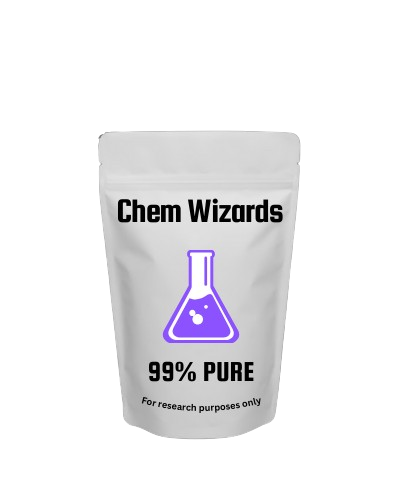

Buy 6-APB Succinate
$1,495.00 – $119,995.00Price range: $1,495.00 through $119,995.00
6-APB succinate is the succinate salt form of 6-APB provided as a research chemical, notable for low solubility and monoaminergic activity.
Important Notice:
European customers should complete their purchases in USD (not CAD). After placing your order and before manual payment, the currency will be converted to Euros.
Canadian customers should use CAD, and American customers should use USD.
6-APB Succinate
PRODUCT DESCRIPTION
Introduction
6-APB Succinate is a salt form of 6-(2-aminopropyl)benzofuran (6-APB), a synthetic psychoactive compound belonging to the substituted benzofuran and phenethylamine classes. The succinate salt form imparts different physicochemical properties compared to hydrochloride or freebase forms, including altered solubility and bulk density. 6-APB itself is known for its empathogenic and stimulant effects and is primarily used in research contexts to explore monoaminergic neurotransmission and novel psychoactive substance behavior.
Chemical Properties and Specifications
2.1 Structural and Molecular Characteristics
-
Chemical Formula: Varies based on succinate ratio, approximate empirical formula C14H17NO6 for 6-APB succinate complex (commonly in a 2:1 succinate to 6-APB ratio)
-
Molecular Weight: Dependent on salt form; typical weight approx. 330-350 g/mol (combined)
-
CAS Number: No unique CAS for succinate salt; base 6-APB CAS 286834-85-3 applies to core compound
-
IUPAC Name: Salt form of 1-(benzofuran-6-yl)propan-2-amine with succinic acid
-
Synonyms:
-
6-APB succinate
-
6-(2-aminopropyl)benzofuran succinate
-
Benzofuran 6-APB succinate salt
-
2.2 Physical Properties and Purity Standards
-
Appearance: Off-white to beige crystalline powder or solid form
-
Purity: Typically ≥98% purity for research grade samples, excluding succinate content
-
Solubility: Practically insoluble in chloroform, very minimally soluble in cold water
-
Storage Recommendations: Store in a cool, dry place away from light and moisture, ideally at -20°C, to maintain compound stability
Pharmacological Profile and Mechanism of Action
3.1 Proposed Mechanism of Action
6-APB Succinate exhibits pharmacological activity characteristic of 6-APB, acting primarily as a serotonin-norepinephrine-dopamine releasing agent (SNDRA) and reuptake inhibitor (SNDRI). It promotes monoamine release and inhibits reuptake, with high affinity particularly for norepinephrine and dopamine transporters and comparatively weaker serotonin transporter interaction. It also acts as a potent agonist of the serotonin 5-HT2B receptor. The succinate salt form does not notably alter receptor binding but affects solubility and bioavailability.
3.2 Research Applications
Research involving 6-APB succinate focuses on monoaminergic neurotransmission, psychoactive substance pharmacology, and forensic detection methods. The salt form is instrumental in studies where altered solubility and dosing characteristics are necessary for experimental protocols. It provides a model for assessing the pharmacokinetics and dynamics of benzofuran derivatives in biological systems.
Comparative Analysis with Related Compounds
4.1 Compare the compound to Compound(s) often compared to
Compared to 6-APB hydrochloride and freebase forms, the succinate salt is less soluble in common solvents but often has a different bulk density and dosing considerations. Its effects mirror those of 6-APB types but dosing weight may differ given salt molecular mass variance. Findings suggest succinate salts require higher mass dosages to achieve equivalent freebase effects compared to hydrochloride salts.
4.2 Advantages for Research
6-APB succinate’s key advantage is its stability and suitability for dosing regimes requiring specific physicochemical properties. The salt form provides an alternative to hydrochlorides and freebase forms for pharmacological and forensic protocols that benefit from reduced volatility and enhanced shelf life. It supports reproducibility in laboratory environments due to defined purity and solid-state consistency.
Safety and Handling Guidelines
5.1 Laboratory Safety
Handle with personal protective equipment including gloves, lab coats, and eye protection in a well-ventilated laboratory environment. Avoid inhalation, ingestion, and skin contact. Use tools for handling powders to avoid direct exposure.
5.2 Disposal and Environmental Considerations
Dispose of 6-APB succinate in accordance with local regulations for hazardous chemical waste. Prevent environmental release, avoid water contamination, and use designated disposal procedures.
5.3 Regulatory Status
6-APB succinate is subject to regulation similarly to other 6-APB salts. Legal status varies by jurisdiction and is often encompassed under analog or controlled substance laws. Confirm local regulatory requirements before procurement and use.
Frequently Asked Questions (FAQs)
-
What is the difference between 6-APB succinate and hydrochloride?
Succinate salt is less soluble in water and typically requires larger mass dosage to match hydrochloride effects. -
How soluble is 6-APB succinate?
It is practically insoluble in chloroform and minimally soluble in cold water. -
What is the molecular composition of 6-APB succinate?
It is a salt formed between 6-APB and succinic acid, often in a 2:1 ratio. -
For what research purposes is 6-APB succinate used?
It is used to study monoamine transporter activity, receptor pharmacology, and forensic analysis. -
Is 6-APB succinate legally controlled?
Legal status varies by country; it is regulated in some areas as an analog of controlled substances.
Conclusion
6-APB succinate is a research-grade salt form of 6-APB offering differentiated physicochemical characteristics such as solubility and bulk density, useful in pharmacological and forensic studies. Its monoaminergic mechanism and solid-state stability make it a valuable compound for detailed neurochemical research, with adherence to safety and regulatory protocols mandatory.
| Quantity |
0.50 grams ,1 gram ,10 grams ,100 grams ,2 grams ,25 grams ,5 grams ,50 grams |
|---|
Related products

Buy 2F-DCK 100MG Pellets
$3,495.00 – $118,995.00Price range: $3,495.00 through $118,995.00
Buy 2F-DCK HCl (2-fluorodeschloroketamine)
$30.00 – $779,995.00Price range: $30.00 through $779,995.00
Buy 3-MeO-PCE (3-methoxyeticyclidine)
$75.00 – $2,063.00Price range: $75.00 through $2,063.00
Buy Chem-mist 2F-DCK spray 10%
$3,596.00 – $30,596.00Price range: $3,596.00 through $30,596.00
Buy DCK (Deschloroketamine)
$2,295.00 – $69,995.00Price range: $2,295.00 through $69,995.00
Buy Flunitrazolam 0.25mg Blotters
$1,375.00 – $18,043.00Price range: $1,375.00 through $18,043.00




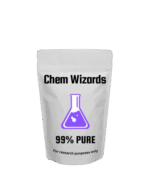

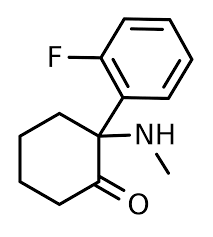
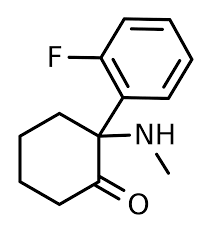
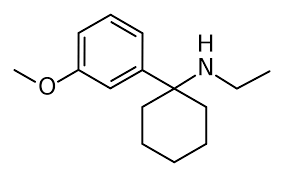
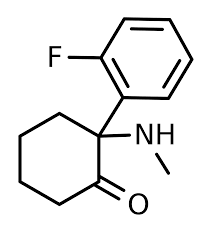
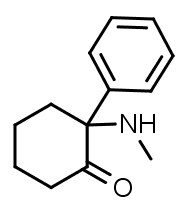
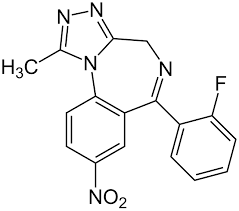
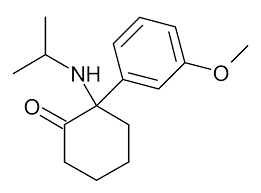
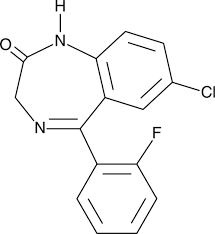
Reviews
There are no reviews yet.